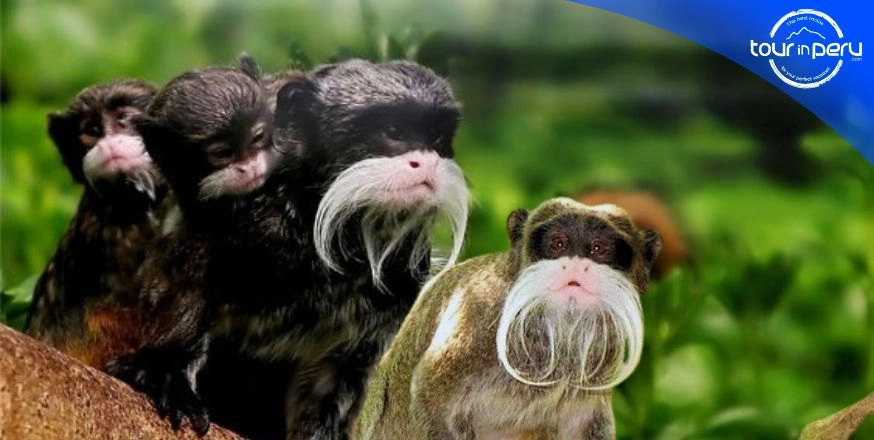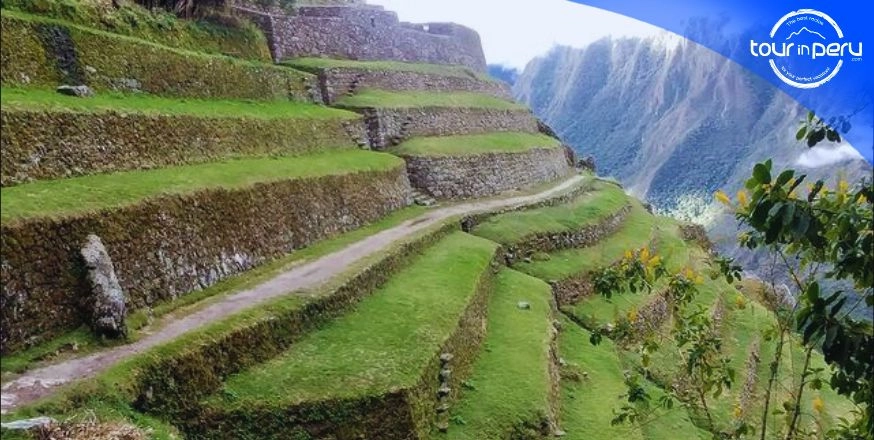Table of Contents
Accessible from Puerto Maldonado and Cusco, Manu National Park is where you immerse yourself in nature’s wonders.
The National Park’s protected status and remote location deliver a unique experience of the Peruvian Amazon.
Continue reading this guide to learn about everything you need to know about Manu National Park.
If you want to travel to this stunning area of Peru, be sure to contact us. We’ll plan out your itinerary, ensuring that your dream trip happens. We can manage everything from busy transfers to hotels and lights.
Overview
With elevation ranging from 150m to 4200m, Manu National Park features varying climate conditions suitable for several animal and plant species.
Researchers continue to discover new kinds of fauna and flora even after decades of continuous discovery.
Accessible from Puerto Maldonado and Cusco, Manu effortlessly provides tourists with the opportunity to experience the wonders of habitats like lowland rainforest and cloud forest differently from other parts of Peru and the world.
Pre Columbian History
Multiple archaeological sites confirm the possibility of human existence in this area of the Peruvian Amazon. There are pusharo petroglyphs, which are stone carvings that represent fads and abstract figures.
The site is situated on the banks of the Palota River, which is a tributary of the Madre de Dios River in this national park.
There’s a guesswork of between 1,000 and 2,000 years of existence of the glyphs.
Manu Today
Today, Manu National Park is one of the most reputed and biodiverse areas globally.
Check out its most recent recognitions and dates.
- 1968- Manu region designated national forest
- 1973- National park status formality after constant pressure from international supporters.
- 1987- UNESCO recognizes Manu Biosphere Reserve as a natural site.
Geographical location
Situated North of Cusco, the Manu rainforest area comes out at a total of 18,811 km² and it breaks down as follows:
- Manu National Park – 15,328 km²
- Cultural Zone – 914 km²
- Biosphere Reserve – 2,570 km²
Facts about Manu National Park
- Manu National Park spreads around the whole Manu River Basin
- The National Park spans across Amazon basin and the eastern Andes mountains
- The park has over 5,000 plant species, including 250 tree species.
- The park records up to 1,300 butterfly species
- It houses 13 species of primates
Ecotourism
Manu is the perfect location for rainforest ecotourism in Peru. Nature in a pristine form is the key attraction and the right conversational plan keeps it this way.
Explore Manu and you’ll find different microclimates home to an amazingly diverse kind of flora and fauna.
Wildlife – Bugs, reptiles and Monkeys habitats in this rainforest. On a lucky day, you can also see the tapir, black panther, otorongo (jaguar), deer, peccary, and capybara. Cachas and forest trails are the ideal places to see wildlife while enjoying life in the rainforest, and learning about food and medical plants.
Bird Watching – Some travellers visit Mnu specifically to see the birds. Manu has one of the largest lists of birds in the world, making it a place of such interest. Airborne residents include roseate spoonbill, Jabiru, happy eagle, and cock of the rock.
Weather
Nestled in the heart of the Peruvian Amazon, Manu National Park stands as a pristine testament to biodiversity and natural beauty. The weather in this vast wilderness is a crucial factor that shapes the experiences of those fortunate enough to explore its depths.
Situated in a region known for its tropical rainforest climate, Manu National Park encounters high temperatures and humidity throughout the year. The park experiences two distinct seasons: the wet season, spanning from November to April, and the dry season, from May to October.
During the wet season, the rainforest comes alive with vibrant greenery, and rivers swell with the increased rainfall. This period showcases the park’s true essence, as the flora and fauna thrive amidst the nourishing rains. However, the heavy downpours can make some areas inaccessible, posing a challenge for those seeking to navigate the park’s intricate network of trails and waterways.
Conversely, the dry season offers a different perspective. With reduced rainfall, the trails become more manageable, making it an ideal time for trekking and wildlife spotting. Temperatures remain consistently warm, providing visitors with comfortable conditions for exploration. The lower water levels also reveal more of the park’s intricate landscapes, including hidden oxbow lakes and diverse ecosystems.
One of the highlights of Manu National Park’s weather is the marked diurnal temperature variation. Days are typically warm and humid, while nights bring a welcome coolness. This temperature fluctuation contributes to the park’s incredible biodiversity, creating niches for a wide array of plant and animal species to thrive.
Manu National Park’s elevation changes significantly, ranging from lowland rainforests to Andean grasslands. This variation results in diverse microclimates within the park, each supporting unique ecosystems. The higher elevations provide relief from the tropical heat, offering a refreshing escape for those who venture into the mountainous regions of the park.
When planning a visit to Manu National Park, understanding and embracing the diverse weather patterns is essential for an enriching experience. Travelers should pack accordingly, considering both the warmth of the rainforest and the potential coolness of higher elevations. Additionally, selecting the appropriate season for specific activities can enhance the overall enjoyment of the trip.
How to get to Manu National Park
From Cusco to Manu
By Road:
Bus: Take a bus from Cusco to Paucartambo, the gateway to Manu.
Shared Taxi or Van: From Paucartambo, you can hire a shared taxi or van that offers transportation to Atalaya, a river port.
By River:
Boat: At Atalaya, embark on a boat journey along the Madre de Dios River to reach the entrance of Manu National Park.
From Puerto Maldonado to Manu
By Road and River:
Bus or Plane to Puerto Carlos: Travel to Puerto Carlos via bus or plane from Puerto Maldonado.
Boat: From Puerto Carlos, take a boat along the Alto Madre de Dios River to the entrance of Manu National Park.
To Boca Manu
By Air:
Charter Flight: Boca Manu has a small airstrip, and charter flights are available from Cusco or Puerto Maldonado.
Airlines: Check with local airlines for scheduled flights to Boca Manu, which may have limited availability.
By River:
Boat from Atalaya: If coming from Cusco, you can take a boat from Atalaya to Boca Manu, enjoying the scenic journey along the Madre de Dios River.
Important Tips
Weather Consideration: Be mindful of the seasonal weather changes, as heavy rains can affect road and river conditions.
Travel Agencies: Consider hiring a reputable travel agency in Cusco or Puerto Maldonado that specializes in Manu National Park tours.
Permits: Ensure you have the necessary permits for entry into Manu National Park, which can be obtained in Cusco or Puerto Maldonado.











